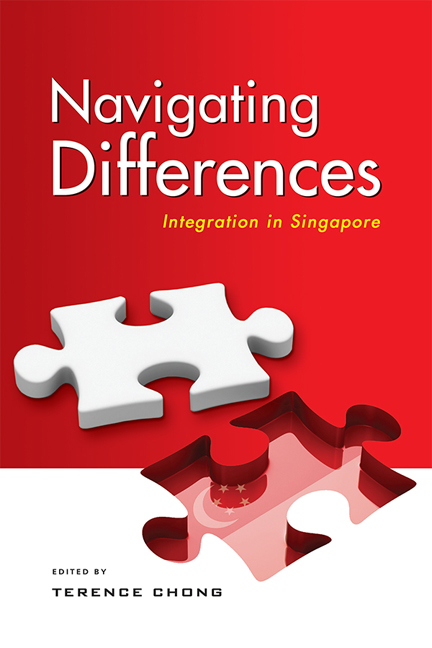7 - “What Kind of Indian Are You?”: Frictions and Fractures Between Singaporean Indians and Foreign-Born NRIs
Published online by Cambridge University Press: 24 November 2020
Summary
INTRODUCTION
In April 2016, a news blog post titled, “Singaporeans take back Mandarin Gardens from Indian expats”, was met with much more interest than is usually garnered by happenings in the community. Describing how migrant Indians asserted dominance over the management committee of a condominium in the eastern part of Singapore, the post claimed that as a result, they started using management funds for activities that unfairly represented the interests of expatriate Indians. The changes that they had attempted to make included instituting a cricket pitch for the children on condominium grounds, replacing a Thai restaurant with an Indian one, and using communal funds for Deepavali celebrations. The post continued that Singaporeans clawed back control by showing up in force at the next Annual General Meeting of the condominium, which had even been dubbed “Mumbai Gardens” as a result of the overrepresentation of expatriate Indians in the estate.
Regardless of the veracity of the claims made, the above anecdote brings very starkly into relief the frictions and contestations between migrant and newly immigrant communities on the one hand, and Singaporeans on the other. By migrants, here I refer to temporary migrants on work or dependant visas, whose stay in Singapore is linked to their employment or family. This group is typically considered highly transient with little attachment to the country, and who will eventually leave. New immigrant communities here refer to migrants who have obtained either citizenship or permanent residency status in the last ten years, but who are still differentiated from locally born Singaporeans, and often not seen as “authentically” or culturally Singaporean. What is more interesting here is that the immigrant community that has come under scrutiny is not an ethnic outsider. In fact, under the multiracial “CMIO” (Chinese, Malay, Indian, Others) framework, Indians occupy an important constitutive position in the Singaporean state.
Herein lies the puzzle. The fissures within the Indian community then are not indicative of deep-rooted racism against a differently racialized Other who cannot be incorporated within the nation. The Singaporean state, in its multiracial definition, already has a space for the inclusion of immigrant ethnic Indians.
- Type
- Chapter
- Information
- Navigating DifferencesIntegration in Singapore, pp. 110 - 126Publisher: ISEAS–Yusof Ishak InstitutePrint publication year: 2020

